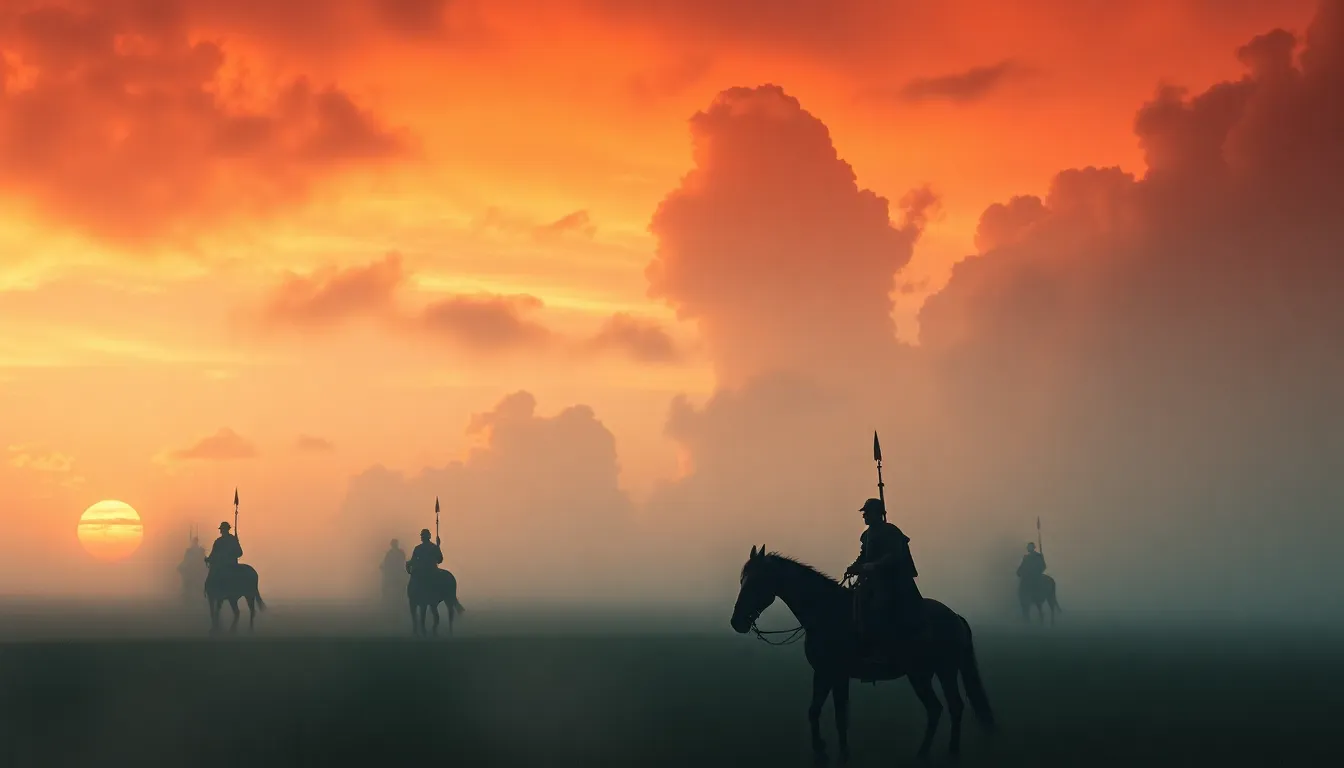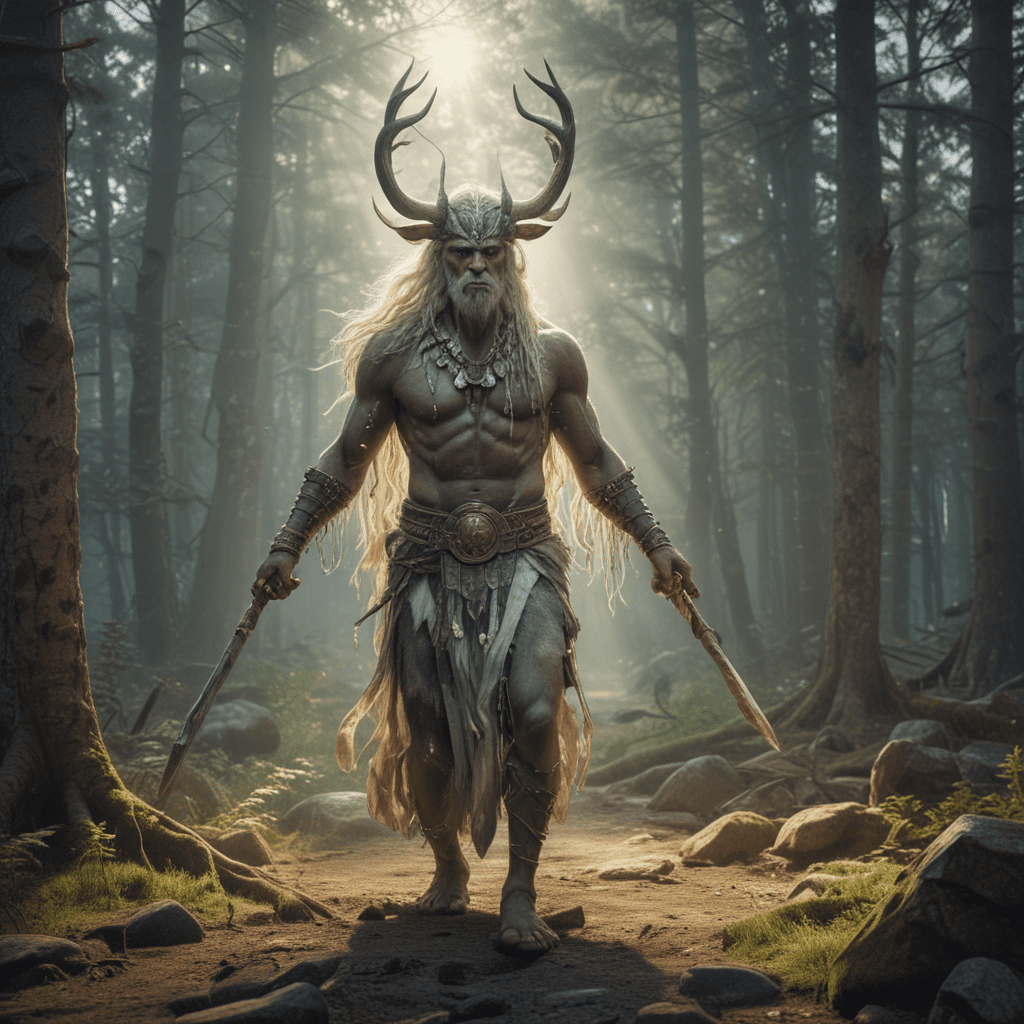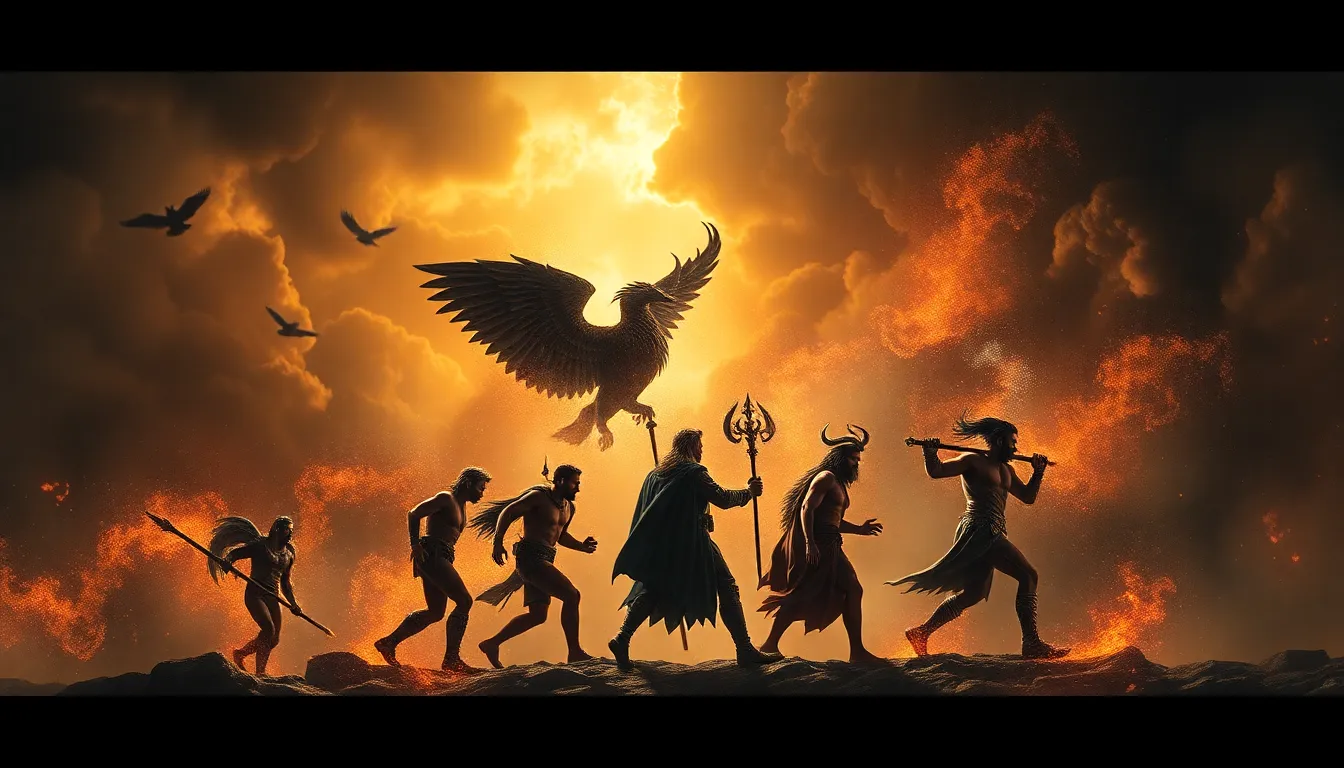The Most Complex Ancient Deities: Understanding Their Dual Nature
Introduction to Ancient Deities
Ancient deities have played a crucial role in shaping the beliefs and practices of various cultures throughout history. These divine figures were revered not only as powerful entities governing natural phenomena but also as embodiments of complex human emotions and experiences. The significance of ancient deities lies in their ability to represent the dualities of existence, reflecting the multifaceted nature of life itself.
The concept of dual nature in mythology refers to the coexistence of opposing forces within a single deity or a pair of deities. This duality often manifests in the form of balance, conflict, and interplay between contrasting aspects, which helps to explain the complexities of human existence and the universe.
The Concept of Duality in Religion
Duality is a fundamental theme in many spiritual beliefs, symbolizing the coexistence of opposites that together create a holistic reality. This can include:
- Light and darkness
- Creation and destruction
- Life and death
- Order and chaos
Historically, ancient civilizations recognized the importance of these dualities in their religious practices. From the Egyptians to the Greeks, the acknowledgment of opposing forces allowed societies to make sense of their experiences and the world around them. This duality often led to the creation of myths that illustrated the dynamic tension between these forces.
The Egyptian Pantheon: Osiris and Set
In ancient Egyptian mythology, Osiris is known as the god of the afterlife and resurrection. He embodies order, fertility, and life, representing the cycle of nature and the promise of rebirth. In stark contrast, Set is the god of chaos, disorder, and storms, often associated with violence and disruption.
The relationship between Osiris and Set is emblematic of the struggle between order and chaos. Set’s jealousy and desire for power lead him to murder Osiris, but this act ultimately sets the stage for Osiris’s resurrection and the restoration of balance. Their dynamic illustrates the symbolism of conflict and balance, as both deities are integral to the cycle of life and death in Egyptian belief.
The Greek Gods: Apollo and Dionysus
Apollo, the Greek god of reason, light, and order, stands in contrast to Dionysus, the god of chaos, ecstasy, and wine. Apollo represents the rational, measured aspects of human experience, while Dionysus embodies the primal, chaotic forces that drive passion and spontaneity.
The complementary roles of Apollo and Dionysus are essential in Greek mythology. Together, they represent the dual nature of humanity, highlighting the tension between civilization and wildness. This duality can be seen in various myths and cultural practices, where the balance between reason and chaos is explored through art, music, and theater.
The Hindu Trinity: Brahma, Vishnu, and Shiva
The Hindu Trimurti consists of three principal deities: Brahma, Vishnu, and Shiva. Each god embodies a distinct aspect of existence: creation, preservation, and destruction. Brahma is the creator, responsible for bringing the universe into existence; Vishnu is the preserver, maintaining order and harmony; and Shiva is the destroyer, facilitating transformation through destruction.
This interconnectedness highlights the essential dualities present in the cycle of life, emphasizing that creation cannot exist without destruction, and preservation is necessary for both. The Trimurti serves as a reminder of the balance required to sustain the universe, reinforcing the significance of duality in Hindu philosophy.
The Mesopotamian Deities: Inanna and Ereshkigal
Inanna, the goddess of love and war, represents the complexities of human emotions and relationships. Her counterpart, Ereshkigal, is the goddess of the underworld, embodying themes of death and the afterlife. Together, they illustrate the interplay between life and death in Mesopotamian mythology.
The narratives surrounding Inanna and Ereshkigal exemplify the dual nature of existence. Inanna’s descent into the underworld to confront her sister is a powerful metaphor for the struggles between love and conflict, life and death. This myth underscores the necessity of acknowledging both aspects to achieve balance and understanding.
The Norse Mythology: Odin and Loki
In Norse mythology, Odin is revered as the all-father and god of wisdom, knowledge, and war. He represents the pursuit of knowledge and the importance of sacrifice for the greater good. Conversely, Loki is known as the trickster and agent of chaos, whose cunning and mischief often lead to turmoil among the gods.
The complex relationship between Odin and Loki is a prime example of duality in Norse tales. While Odin seeks order and wisdom, Loki embodies unpredictability and chaos. Their interactions highlight the tension between creation and destruction, as Loki’s actions often challenge Odin’s authority and disrupt the established order, ultimately contributing to significant mythological events like Ragnarok.
The Aztec Gods: Quetzalcoatl and Tezcatlipoca
Quetzalcoatl, the feathered serpent god, is associated with wind, wisdom, and the dawn. He symbolizes creation and life, embodying the nurturing aspects of the universe. In contrast, Tezcatlipoca, the god of night and conflict, represents destruction, darkness, and the unpredictable nature of fate.
The dual nature of Quetzalcoatl and Tezcatlipoca reflects the Aztec worldview, where creation and destruction are interwoven. Their myths illustrate the constant struggle between opposing forces, emphasizing that life is a balance of light and dark, creation and chaos.
Celtic Mythology: The Morrigan
The Morrigan is a complex figure in Celtic mythology, embodying fate, war, and sovereignty. Often depicted as a triad of goddesses, she represents both the protector of warriors and a harbinger of death. Her dual nature manifests in her ability to influence the outcomes of battles and the fates of individuals.
The Morrigan’s character reflects the intricate relationship between life and death, as she navigates the realms of both. Her presence in Celtic tales serves as a reminder of the inevitability of death and the importance of valor in life, illustrating the coexistence of these dual aspects.
Conclusion: The Importance of Duality in Understanding Ancient Deities
Throughout history, ancient deities have embodied the dualities that characterize human existence. From the conflict between order and chaos to the interplay between life and death, these complex figures enrich our understanding of the world and our place within it. The exploration of duality in mythology reveals the intricate relationships that define our experiences and the balance required to navigate the challenges of life.
By examining the dual nature of deities across various cultures, we gain insights into the values and beliefs that shaped ancient societies. This understanding allows us to appreciate the wisdom embedded in these myths and their relevance to contemporary life, reminding us that duality is an inherent part of our shared human experience.



